What Will Happen to the rail schedules with the Silver Line?
When the Silver Line opens, Metro will adjust the rail schedule to accommodate increased service. What will change, and how will it affect you?
The Silver Line, which will run from Reston and Tyson’s Corner to Largo Town Center, will bring a net increase in rail service. But exactly how will it affect you? That depends on when you travel.
At peak times, Metro will need to make a few adjustments to make room for the Silver Line. The map below shows where the number of trains goes up, down, or stays the same. Metro’s main constraint is at Rosslyn, where three lines – Orange, Blue, and Silver – come together. At Rosslyn and into downtown, Metro can handle a maximum of 26 trains per hour, or a train every 2 minutes and 20 seconds or so. (To keep things simple, this blog post uses the AM peak hour to illustrate peak rail changes). In a nutshell, the Silver Line rail operating plan will:
- Add Silver Line trains every 6 minutes,
- Redirect 2 more Blue Line trains per hour onto the Yellow Line,
- Convert some Orange Line trains from Vienna to Silver Line trains,
- Discontinue some one-way Orange Line trains we currently run (called “trippers”) because they will be replaced by Silver Line trains.
As a result, service will increase in several places, shown in green below: Read more…


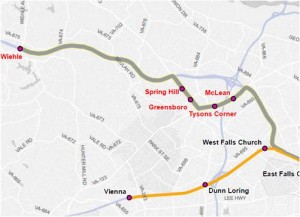

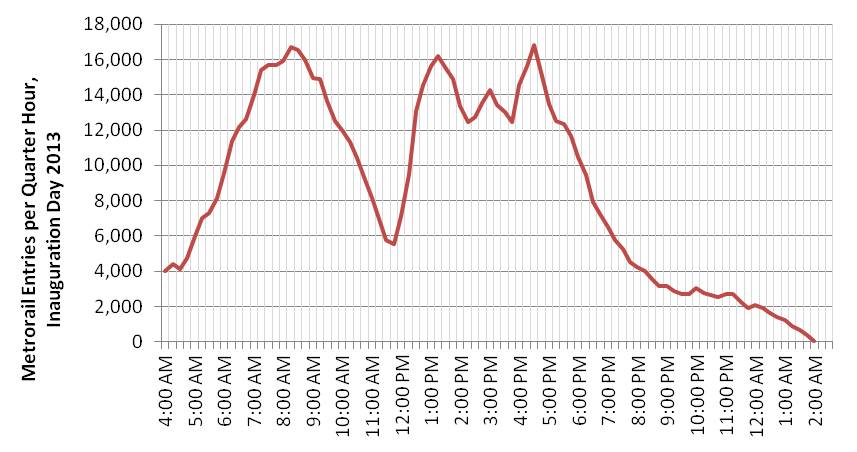
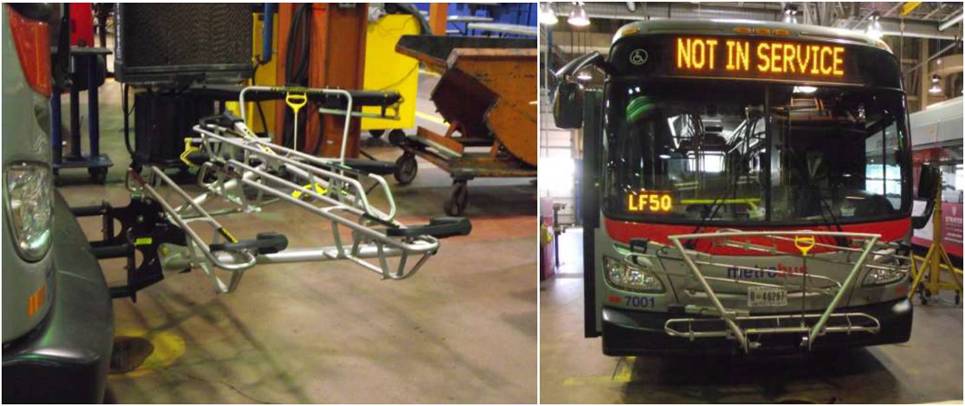

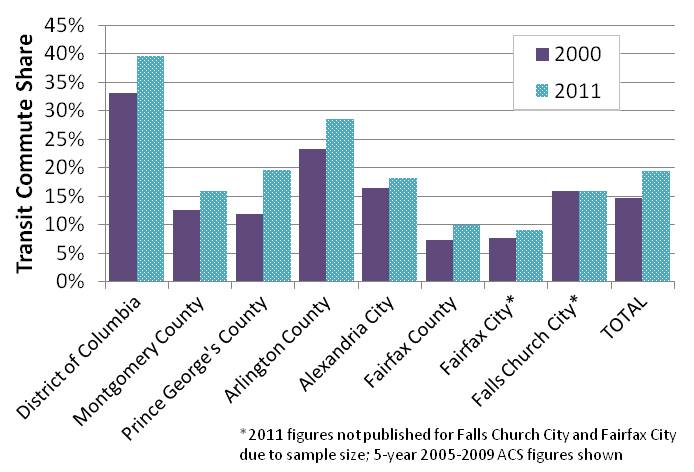

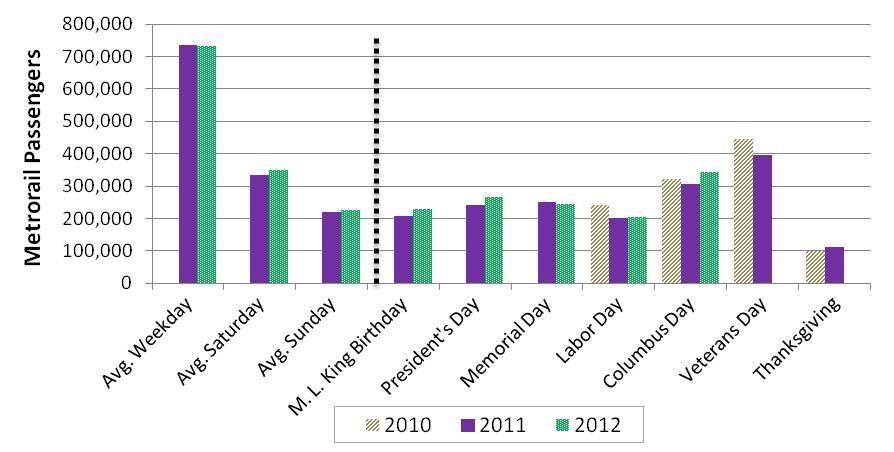

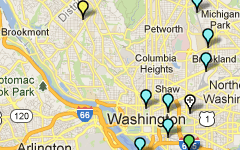
Recent Comments